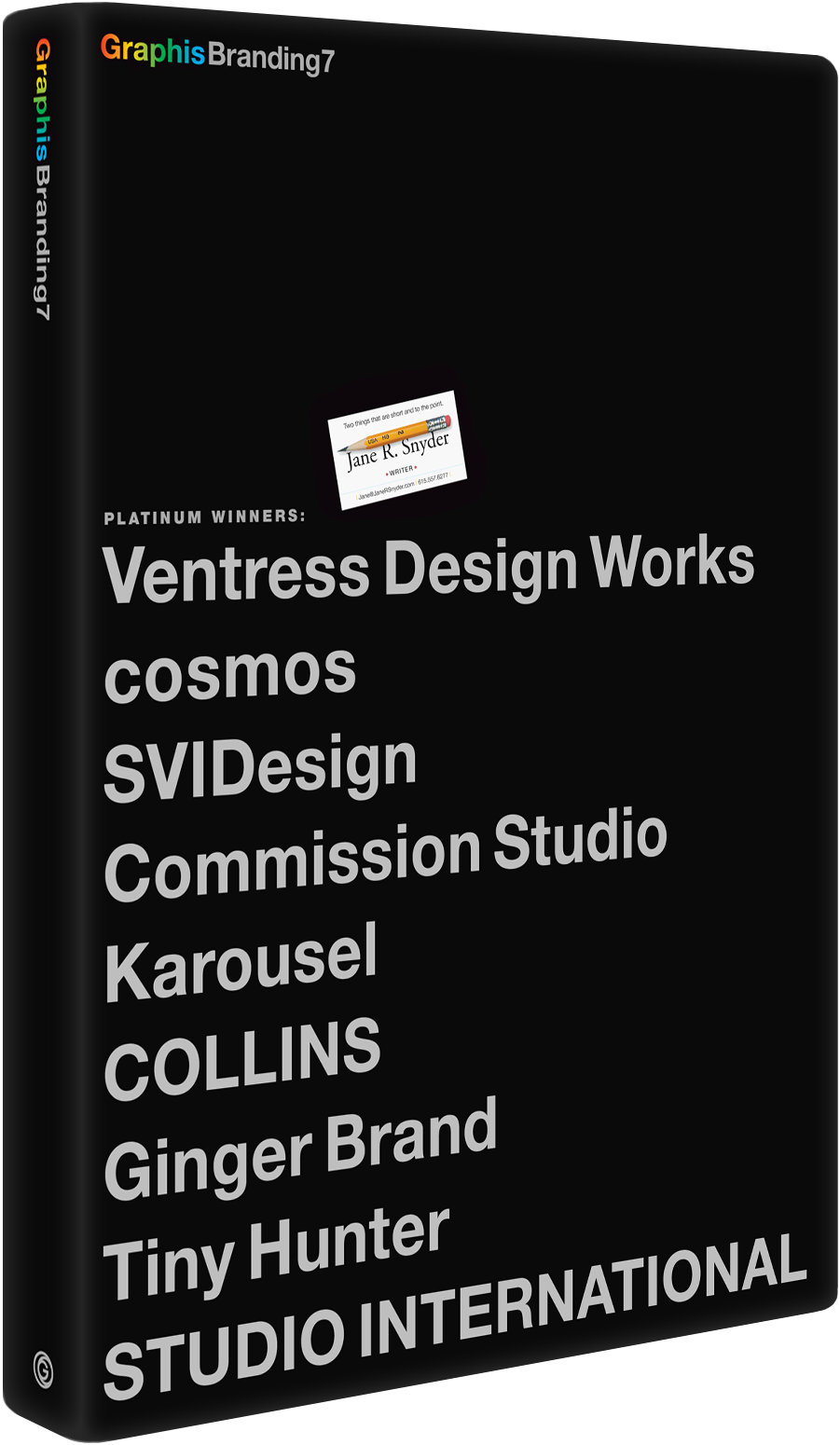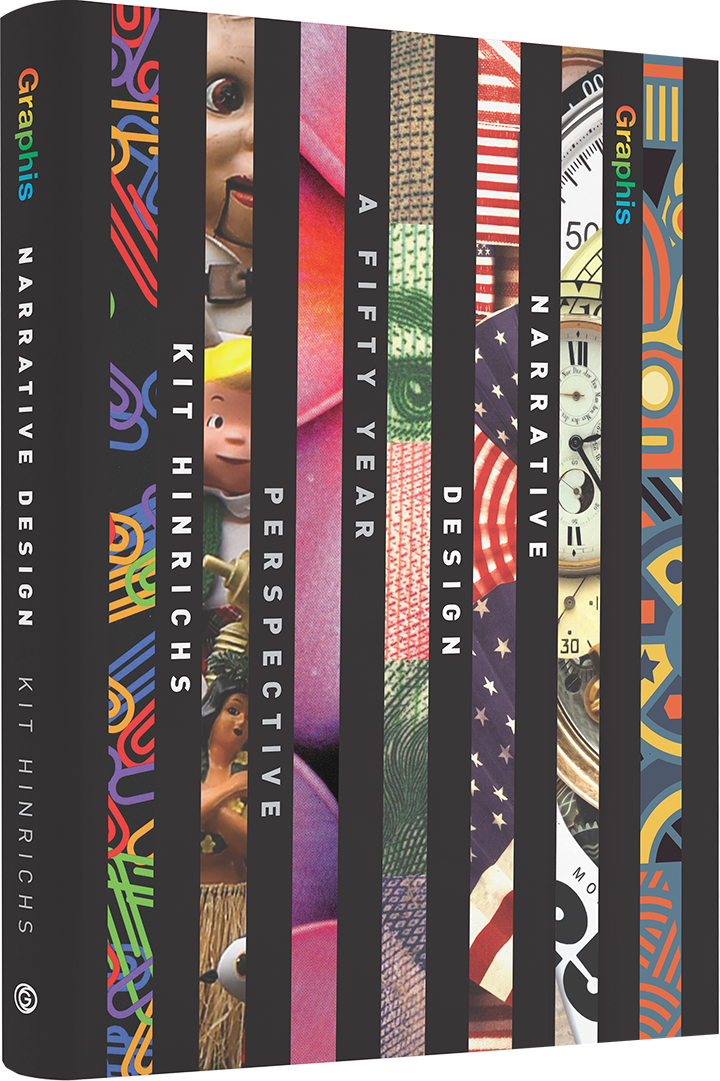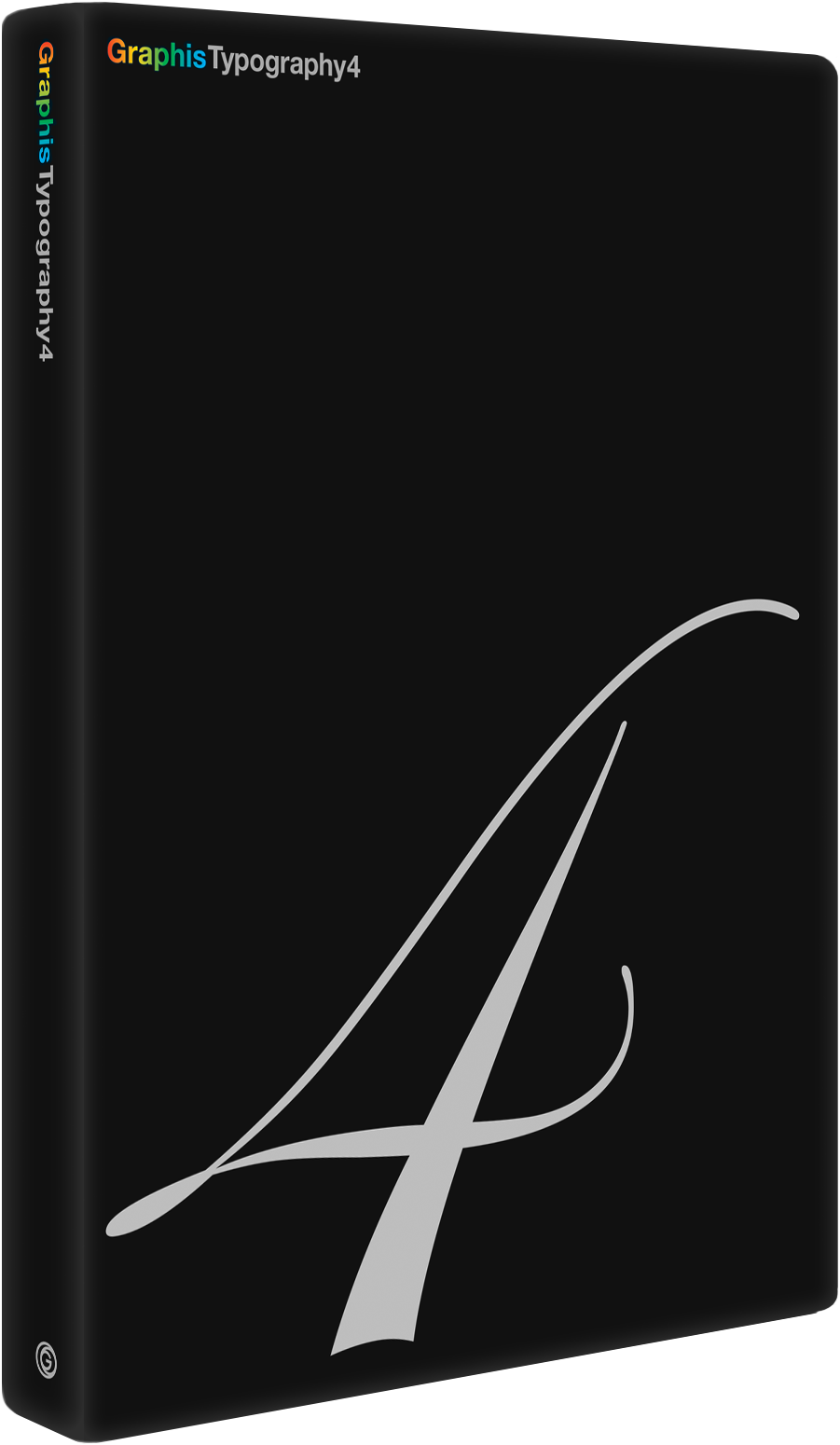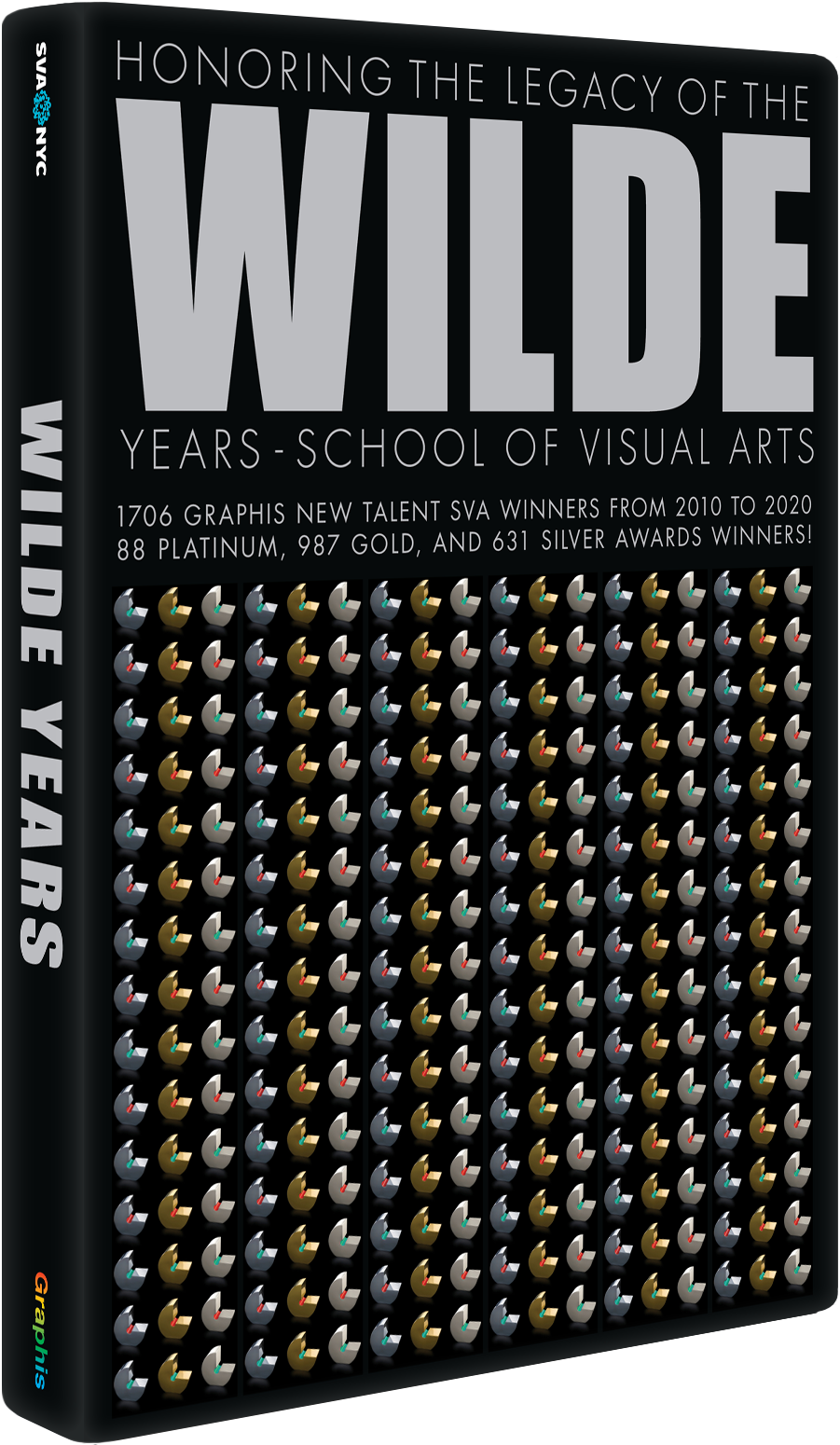People Not Property: Stories of Slavery in the Colonial North
Competition:Design Annual 2021
Award:Gold
Design Firm:C&G Partners
Client:Historic Hudson Valley
Categories:Websites, Video
DesignerMaya Kopytman, Partner-in-charge
Web DesignerGlenn Jeon
Video Cruz Dann Productions
User ExperienceBart Lewandowski, UX & UI Design
ProducerShuyler Nazareth
Photo EditorScott Shaw
Interactive DesignerSi Ping Lim
Associate PartnerLeslie Dann, Media Experience Producer
AnimatorDaniel Rodriguez, Animation Art Director
AnimatorBruce Chao
DirectorRed de Leon, Director of Technology
Country:United States




